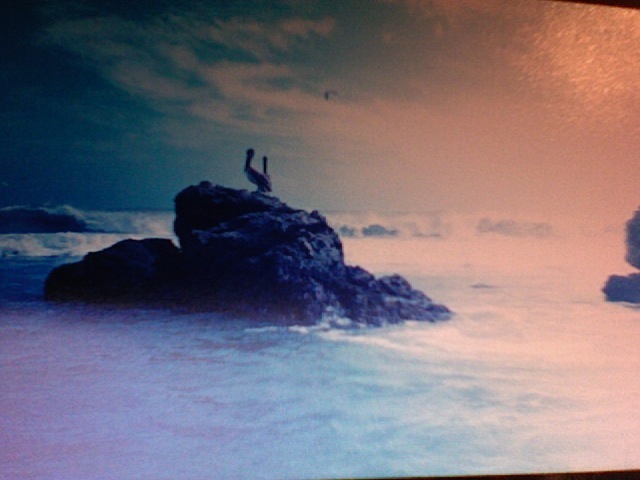has neither keys, nor strings, nor sounding pedals, nor any other existing parts that can recall a known musical instrument. The infinite variety of sounds is produced through oscillations of inaudible frequency between two electric magnetic fields of high frequency. When the hands, or any foreign body, enter the magnetic fields, or approach the antennae, the inaudible waves become audible through the coupling of the two oscillations, crudely speaking.
From "Misteri e Prodigi delle Radio Onde"--Ravalico.
The development of this technique, almost of a very musical dancer, and of the new instruments, proceeds of course as they are used more and more. The modern instrument has a range of five octaves, six or more changes of tone colour as the violin or cello have on their open strings, or with mutes; a prodigious dynamic range not possible to any other instrument, that is most effective with a group or orchestra and in the largest space, for the tone does not change, or fade, or die except as the player wills; and a quicker reaction to the fingers, so that faster passages can be added to its repertoire. But the characteristic beauty of the theremin-tone will be always looked for in the singing-passages which it can render more beautifully than any other instrument.
It is the earnest desire of those who are working with this instrument that it shall cease to be a novelty. One does not bring out a new violin or piano every year, though these have undergone great changes, as any one familiar with the history of instruments knows. We should never again hear the foolish remark, "Oh yes, I heard a theremin ten years ago, it is not new." We would be surprised if any one said they did not need to hear Gieseking because they had seen a piano in school, or Toscanini because they had already heard a band. The relative difference is the same, between what was possible ten years ago on the electrical instruments and now, and no one can predict what will be possible in the future, except that as we study them, more and more possibilities appear.
The only impossible thing to imagine is that these new resources should not be irresistibly fascinating to a real musician, or that one example of them should not be heard where any audience for living music is found.
Lucie Bigelow Rosen
source: http://www.thereminvox.com












No comments:
Post a Comment